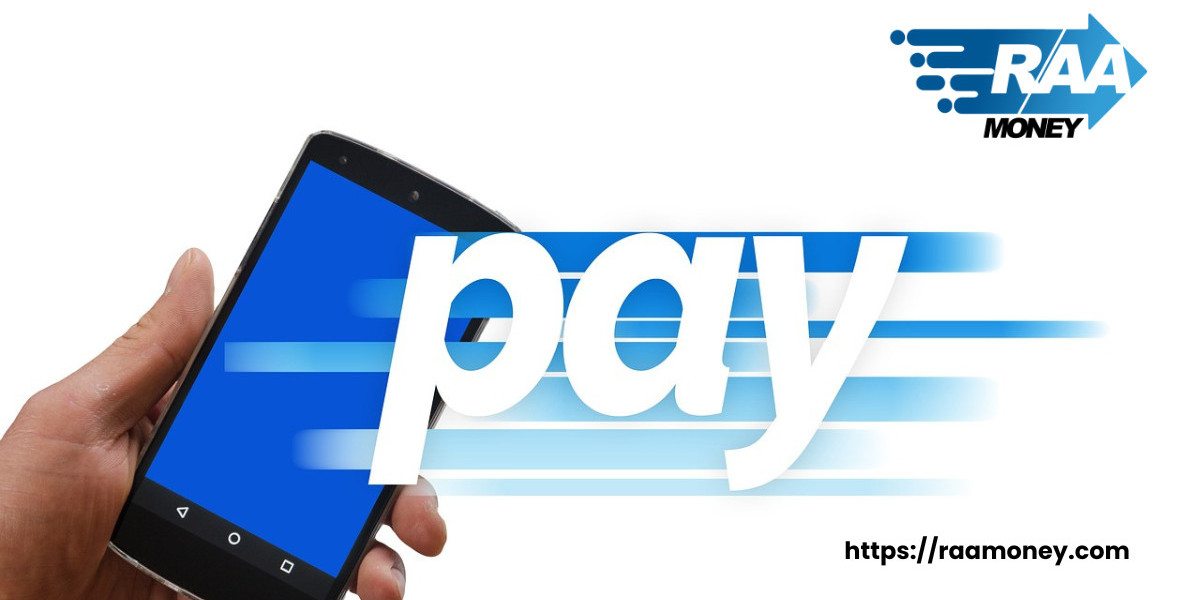In today's interconnected world, sending money to India has become more than just a transaction; it's a vital link that supports families, fuels businesses, and contributes significantly to the nation's economy. With India consistently ranking as one of the top recipients of remittances globally, it's essential to understand how to make these transfers efficient, cost-effective, and secure.
Understanding the Landscape of Remittances to India
India's position as a leading recipient of global remittances underscores the importance of these funds in the country's economic framework. The Reserve Bank of India (RBI) governs the inflow of foreign funds, ensuring that transactions comply with the Foreign Exchange Management Act (FEMA) and other regulatory guidelines. This regulatory environment aims to facilitate smooth and legal transfer of funds, protecting both the sender and the recipient.
Traditional methods of sending money, such as bank wire transfers and demand drafts, have been the mainstay for decades. However, these methods often come with higher fees, longer processing times, and less favorable exchange rates. The advent of digital platforms has revolutionized the remittance landscape, offering faster, more transparent, and cost-effective solutions. These platforms leverage technology to provide real-time exchange rates, lower transaction fees, and quicker delivery times, making them increasingly popular among the diaspora.
Strategies for Optimizing Your Money Transfers
To make the most of your remittances to India, consider the following strategies:
- Compare Exchange Rates and Fees: Exchange rates can vary significantly between providers. Even a slight difference can impact the amount your recipient receives. Use online comparison tools to evaluate different services, focusing on both the exchange rate offered and the associated fees.
- Utilize Digital Platforms: Digital remittance services often provide better rates and lower fees compared to traditional banks. They also offer the convenience of transferring money from your smartphone or computer, with features like real-time tracking and instant notifications.
- Schedule Transfers Strategically: Exchange rates fluctuate due to various economic factors. If your transfers are not urgent, monitor the rates and schedule your transfers when the rates are more favorable.
- Understand Regulatory Requirements: Ensure that both you and your recipient comply with the necessary documentation and regulatory requirements. This includes providing valid identification, purpose codes for the transfer, and adhering to any limits set by the RBI.
- Consider the Recipient's Convenience: Choose a transfer method that is convenient for your recipient. Options include direct bank deposits, cash pickups, or mobile wallet credits. Ensure that the chosen method is accessible and practical for them.
Embracing Technology for Smarter Remittances
The integration of technology in financial services has significantly enhanced the remittance process. Innovations such as blockchain, artificial intelligence, and real-time payment systems have introduced new levels of efficiency and security.
Blockchain Technology: By providing a decentralized and transparent ledger, blockchain reduces the risk of fraud and ensures that transactions are secure and traceable. Some remittance services are beginning to adopt blockchain to facilitate faster and more secure transfers.
Artificial Intelligence (AI): AI helps in detecting fraudulent activities by analyzing transaction patterns and flagging anomalies. It also enhances customer service through chatbots and personalized assistance, making the remittance process smoother.
Real-Time Payment Systems: These systems allow for instant transfer of funds, reducing the waiting time for recipients. They are particularly beneficial in emergencies where immediate financial support is needed.
Final Thoughts
Optimizing your money transfers to India involves a combination of choosing the right service provider, understanding regulatory requirements, and leveraging technological advancements. By staying informed and proactive, you can ensure that your remittances are not only efficient and cost-effective but also secure and compliant with all necessary regulations.
As the financial landscape continues to evolve, embracing these smart remittance strategies will enable you to support your loved ones and business interests in India more effectively.



